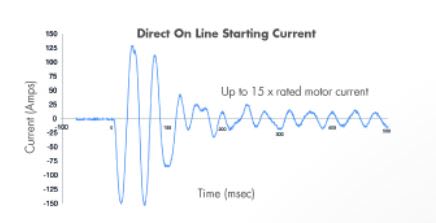FredEvans
Mechanical
- Nov 4, 2002
- 14
Hello all,
I own a small factory manufacturing engineering components and need to wire up a .55 kw 380 volt electric motor to run off 220 volts.
I am not a "sparky" but i will get my sparky to do the wiring up.
my question is how is the cheapest method to do the job.
I want 380 volt because the motor will be switched on and off continually and I believe that that 380 volt can
handle continous on/off operation.
your advice is appreciated
regards fred evans
I own a small factory manufacturing engineering components and need to wire up a .55 kw 380 volt electric motor to run off 220 volts.
I am not a "sparky" but i will get my sparky to do the wiring up.
my question is how is the cheapest method to do the job.
I want 380 volt because the motor will be switched on and off continually and I believe that that 380 volt can
handle continous on/off operation.
your advice is appreciated
regards fred evans


